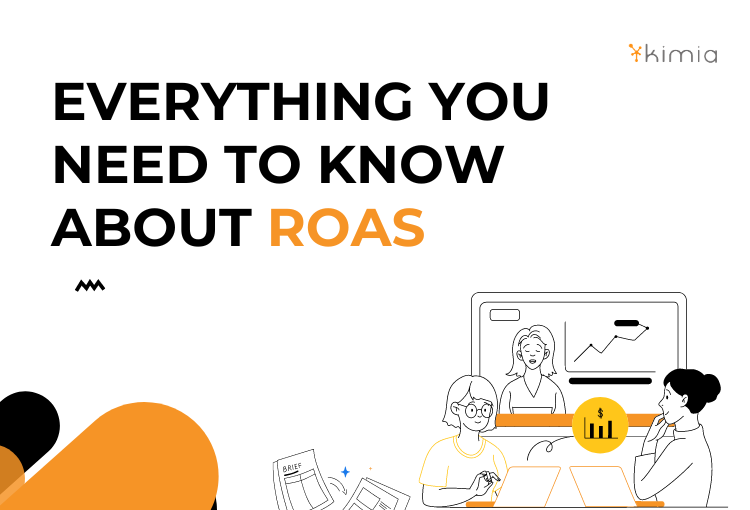
Forecasts for 2024 indicate that the global blog advertising market will reach $53.5 billion by 2024. A well-managed blog can generate significant revenue with the right tools.
Start by taking a step back and focusing on driving traffic to your blog. Building a strong SEO strategy nowadays is a must. Optimizing your content leads to long-term sustainable growth. However, especially before you’re able to position yourself counting exclusively on your SEO strategy, you might also want to bet on paid growth, like SEM, and combine your content optimization with other monetization options.
Here are our short-term recommendations for increasing your blog’s monetization.
Implement memberships
Memberships and paywalls emerged a few years ago as effective strategies and are probably the most common monetization strategy. It means creating premium sections or exclusive content accessible only by subscription.
The key is to offer additional tangible value to subscribers. The exclusive content can include early access to articles, videos, podcasts, or other special material that adds to the member experience.
Publish sponsored content
Blogs can choose to collaborate with brands by publishing “branded content”, that ranges from reviews to interviews or even just the sponsoring of a regular article.
The income obtained from this option, however, varies significantly. Not only does it depend on the kind of branded or sponsored content, but also on the size and influence of the blog itself.
Selling products or services
Using your blog to market your products or services helps both in sales and in generating brand awareness and credibility. Work on monetizing your blog and optimizing it on an SEO level to drive traffic to your page. At the same time, make sure your product or service stands out in the marketplace.
Understanding what the competition offers, how they communicate it, and what marketing strategies they employ can provide valuable insights to fine-tune your approach. Researching your audience and figuring out their content and purchase interests will also help you figure out what to post about in order to attract the right users.
Use monetization platforms
No, monetization platforms, like Google Adsense, aren’t just for larger blogs. While AdSense is widely recognized as one of the main platforms for blog monetization, there are other options to generate income that are more versatile and even friendlier for smaller publishers.
Ad networks such as Adport, with fewer onboarding restrictions, offer higher CPC rates, provide more aggressive ad formats, and support more verticals, making them a more attractive option for those looking to maximize their revenue.
As you can see, bloggers and publishers have a variety of options at their disposal to build not only a solid online presence but also a sustainable and diversified source of income.
If you need a hand, with Adport you can bring your monetization strategies to life. Click here to learn more




